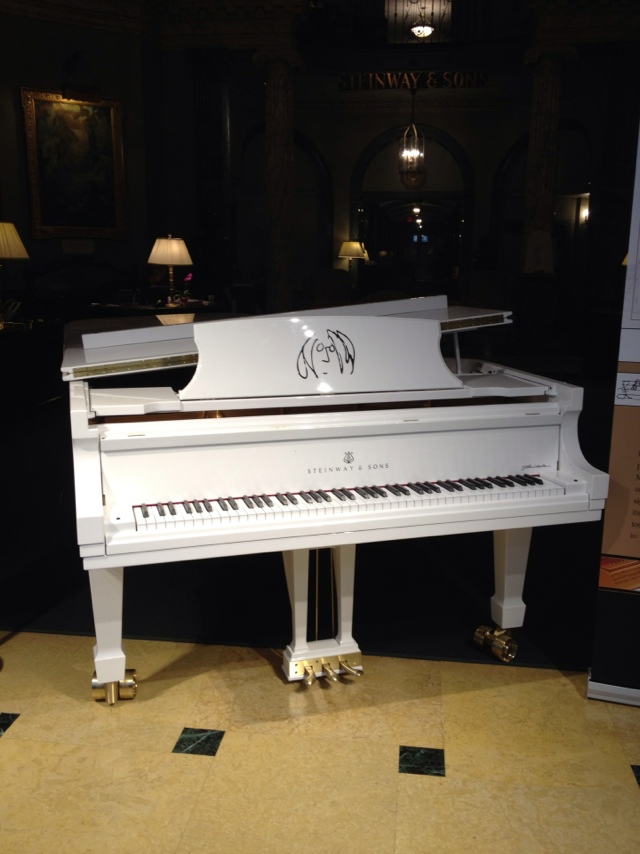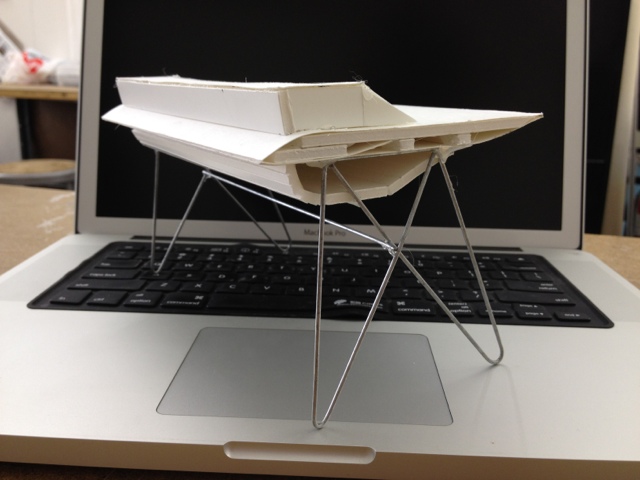Visiting my uncle, when I was little, I remember him telling me about Steinway Pianos and how they sounded far superior than any other. Then when he finally got one years later, that was my first time experiencing the difference. Not only does it sound better than his other baby grand, it also played different. The touch of the keys as the hammer strikes the strings, there's a certain crispness...

All the years I've lived in the area near Steinway Hall and walked passed it countless times, they always had a grand piano displaying in the window. Today, there was a white one featuring a caricature of John Lennon.



I spoke with one of the staff there and she let me walk around a little. I was suppose to come here to check out the hall itself. The decorations, paints on the wall, ceiling, furnishings were amazing, giving a grand, classical feel. However, it was the artifacts and pianos that really caught my attention.


To be honest, it's probably been 15 years since I played more than a bar of piano. I forgotten just how "kinetic" the internals of a piano is. As a kid, I was always fascinated to see the internals of a piano. I still am. The last project of last semester's Kinetic Design class, I made a lamp out of wood that moved. I thought it wouldn't last very long because the movement would somehow wear down the wood... but look, the majority of the internal components of a piano are wooden! And, they also last forever!







I walked into Steinway Hall expecting to think about how its interior design would make me think about materials but actually the pianos themselves did. Let's begin with the keys where there are the highest opportunity for contact with people, they are black and white, they were originally in ivory but now in a hard enamel for resilience. It is smooth. The majority of the piano we see is wooden, with metallic (brass-colored) accents. Looking within, we see more metal where the strings are held in tention. At a glance, pianos look shiny, new. Where parts come together there's usually felt padding to soften contact. Some pianos are black, few are white, some have decorative, figured veneer.
-
- What would one say about a pianist playing a white piano verses a black piano?
- What would one say about a pianist playing a piano that had an exotic wooden veneer on the exterior verses one that played a satin black piano?
- What would one say about a person who owned a piano that had an exotic wooden veneer on the exterior verses one that owned a satin black piano?
View Larger Map
http://www.steinwayshowrooms.com/steinway-hall






























